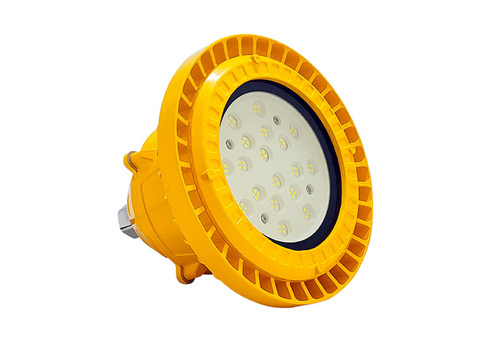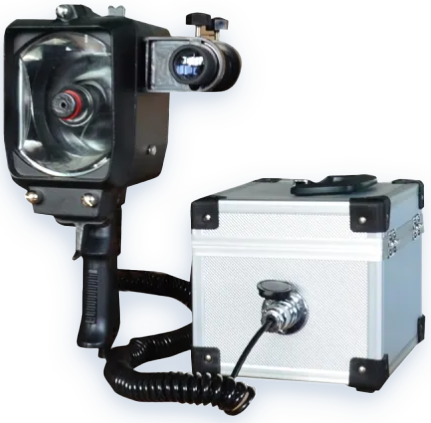Operating in marine settings involves regular exposure to flammable gases, oil vapors, or dust—substances that can turn a tiny spark into a serious hazard. Standard lighting often fails to manage these risks, making reliable safety-focused lighting an essential part of daily operations. For many buyers new to marine safety equipment, understanding the role of Explosion Proof Lights and their value can be confusing. This guide breaks down key questions to clarify why these lights are critical for safe marine work.

Not every part of a vessel or offshore platform calls for this type of light, but high-risk areas depend on it. The most crucial spots include:
Fuel and chemical storage spaces: Tanks holding oil, gasoline, or hazardous chemicals emit vapors that are highly combustible.
Offshore drilling platforms: Areas near wellheads or processing units often have natural gas or oil vapors in the air.
Engine rooms: Combustible fumes from ship engines or generators can build up here, especially in enclosed spaces.
Cargo holds for flammable goods: Containers carrying chemicals, alcohol, or other flammable cargo need lighting that won't spark.
In these areas, using standard lights isn't just unsafe—it may also violate maritime safety regulations.
Their safety comes from three key design features, all tailored to marine conditions:
First, impact-resistant enclosures. Marine work is rugged—cargo shifts, waves crash, and equipment moves. The light's outer casing is made from durable materials like reinforced aluminum or stainless steel to withstand bumps and saltwater corrosion.
Second, hermetic sealing. The light's casing is sealed with gaskets or O-rings that keep flammable gases, dust, and water out. This prevents internal sparks from combining with external hazards.
Third, heat management. Internal components, such as bulbs or LEDs, are rated to operate at low temperatures. Some models also include heat sinks to disperse excess heat, ensuring the light never gets hot enough to ignite nearby materials.
For marine operations, Explosion Proof Lights aren't just an extra safety feature—they're a must-have. They address the unique risk of flammable materials in marine settings by containing sparks, withstanding harsh conditions, and meeting strict safety standards. By understanding their design, uses, and key selection criteria, buyers can make decisions that keep their teams and equipment protected.
To find Explosion Proof Lights designed specifically for the unique challenges of marine operations—complete with certifications and durability that match your safety needs—you can browse our product page for detailed specifications and options customized to different high-risk marine zones.

GET A QUOTE